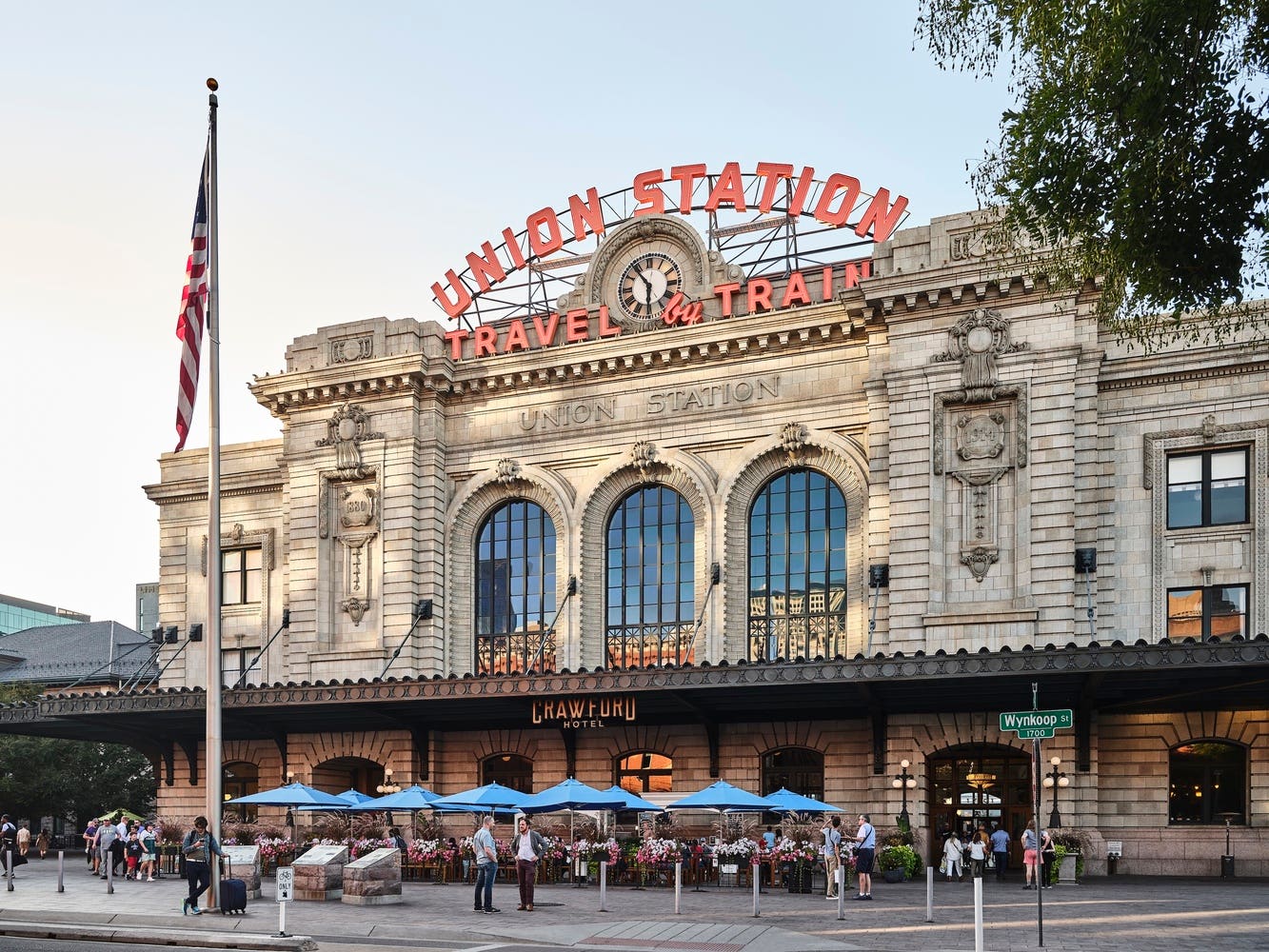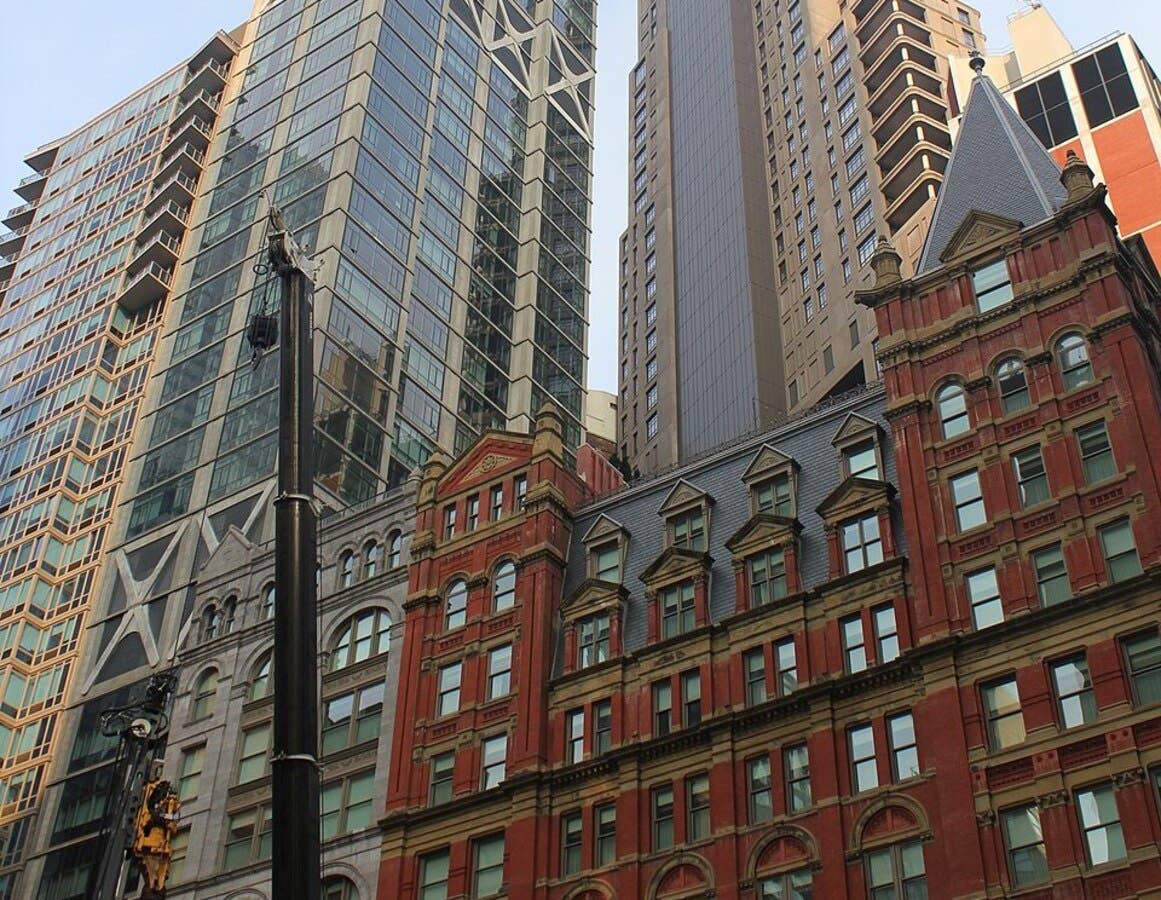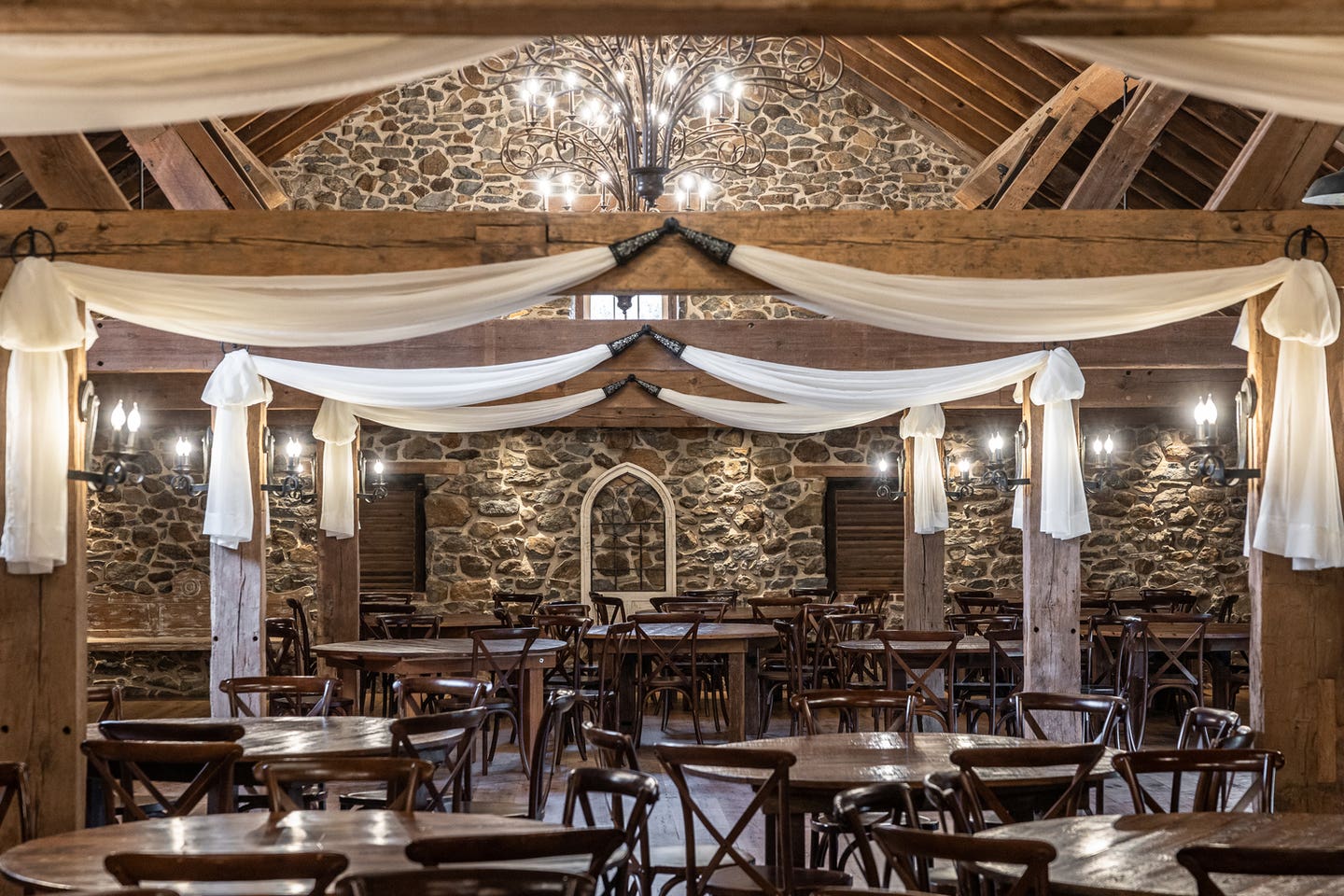
Religious Buildings
The Cathedral of Saint John the Divine: Dome Restoration and Renewal
More than a century ago, the Cathedral of Saint John the Divine added its majestic, monumental presence to the New York City skyline.
One of its key features, a robust dome designed and constructed in 1908 by the Spanish-American architect and master builder Rafael Guastavino and taken over by his son, Rafael, upon his death, was intended to be temporary, and at some later date, to be razed to accommodate a tower or spires of various sizes.
Nearly 133 feet in diameter and made of overlapping, self-supporting terra-cotta tiles, it spans the cathedral’s four granite arches that define the crossing.
But the ground under the 121,000-square-foot cathedral, it was discovered, could not bear the weight of the proposed tower, so the 11-story dome, which is 165 feet high, remained a dominant architectural element of the cathedral.
By 1916, however, the asphalt roof of the dome, the largest Guastavino of its kind in the world then or now, had begun to flatten, requiring what became the first of many patchwork repairs.
What’s more, through the years, the interior of the dome became blackened by soot, candle wax, and incense smoke that obscured its grandeur and the beauty of its tiles.
By the time the landmark church decided to refurbish it, it had suffered years of deterioration, water infiltration (buckets were put on the floor to catch the drips), and damage from two fires—one in 2001 and another in 2019.
The church’s original plan called for merely cleaning the interior tiles, but after extensive research and a comprehensive survey by New York City-based Ennead Architects, it was decided that the cathedral needed a new roof.
It was an expensive proposition, one that necessitated the sale of one of the cathedral’s properties to finance.
“The membrane roofs on the dome kept failing rapidly because of water infiltration,” says Kevin Seymour, associate principal of Ennead Architects, which had been doing work on the cathedral since the 1970s and did an initial repair on the dome roof in 2014. “Because the cathedral is so massive, it’s expensive even to access the dome roof. We suggested batten seam copper as a permanent solution because it’s what’s on the roofs of the cathedral’s nave, choir, and apse.”
Its design, by Long Island, New York-based restoration contractor Nicholson & Galloway, fits in with the language of the adjacent historic copper roofs and also provides the dome with thermal insulation and permanent waterproofing.
Seymour notes that the original membrane, which was made of asphalt and later insulated, never was a good solution because heat and cold caused it to expand and contract, creating large cracks that allowed water to leak into the building.
Van Hemsley, senior project manager of Nicholson & Galloway, says that despite the firm’s extensive experience with fabrication and installation of copper roofing, including on other copper-clad domes, the cathedral’s was the greatest challenge.
The project required 8-foot-tall copper standing seam and batten seam roof pans that had to be fabricated—a custom bending machine to curve the pans to the exact radius and a custom seamer to lock the panels together along the standing seams. The pans were installed with 2-piece cleats that allowed for movement due to thermal expansion.
The dome is now illuminated on the inside and outfitted with vent slots that have copper bug screens to facilitate air flow.
Nicholson & Galloway also designed, fabricated, and installed stainless steel framing and made structural repairs to the interior and exterior of the dome.
Jim Patterson, the director of capital projects and facilities at the cathedral, says that “working on the dome roof and setting up the elaborate scaffolding system that allowed the cathedral to function throughout the work was a tremendous engineering feat.”
He added that the work, which was done during the pandemic and took three years to complete, was on time despite the fact that sometimes it was too hot or too cold for workers to handle the metal.
The original Guastavino tiles were cleaned, and those that were loose or cracked were repaired or replaced by replicas made by Sandkuhl Clay Works.
As the years go by, the dome’s roof will patina to a verdigris green, eventually matching the statue of the angel Gabriel that has stood on the apse roof since the early phases of the cathedral’s construction.
Because of its height and position, the dome is not easy to see from the ground. But it is visible to train riders.
“I was taking Metro North, and there’s a section of the track where you can see across Harlem, and it’s very prominent,” Seymour says. “The light glinting off of it was a special moment for me.”
The interior tiles, however, are quite noticeable now even though there are “invisible” nets below as a safety precaution to catch any falling debris.
For their work on the dome, Ennead and Nicholson & Galloway were awarded the 2023 North American Copper in Architecture Award by The Copper Development Association, a trade group that publishes reference and technical manuals for design professionals.
Like the great medieval churches and cathedrals of the world, The Cathedral of Saint John the Divine is still a work in progress.
“People have asked me whether the new dome roof means that there will never be a tower there,” Seymour says. “It’s possible that in the future the cathedral could build any number of towers over the done, but we have preserved what we have. With proper maintenance, the new roof could last another 110 years.”
Noting that the new roof “glows,” The Very Reverend Patrick Malloy, Ph.D., and dean of the cathedral, says that “this restoration is more than an architectural triumph. It restores to our visitors and all of us who worship and work at the cathedral a sense of excitement and wonder and a gratitude to our ancestors who were audacious enough to build the largest church in the United States here in Morningside Heights.”
KEY SUPPLIERS
Architect
Ennead Architects
Restoration Contractor and Designer, Fabricator and Installer of Copper Roof
Nicholson & Galloway (Van Hemsley, Pawel Posluszny, Preston Hicks, Andrew Wilson)
Consultant Team
James R. Gainnfort AIS, Consulting Architects PC; Silman, Building Conservation Associates Inc.
Contractor
JS Mitchell & Sons
Restoration Contractor
Nicholson & Galloway (Van Hemsley, Pawel Posluszny, Preston Hicks, Andrew Wilson)
Tile Supplier
Sandkuhl Clay Works








